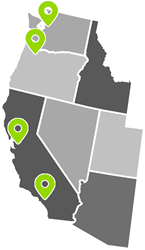Using Technology to Improve Construction Layout
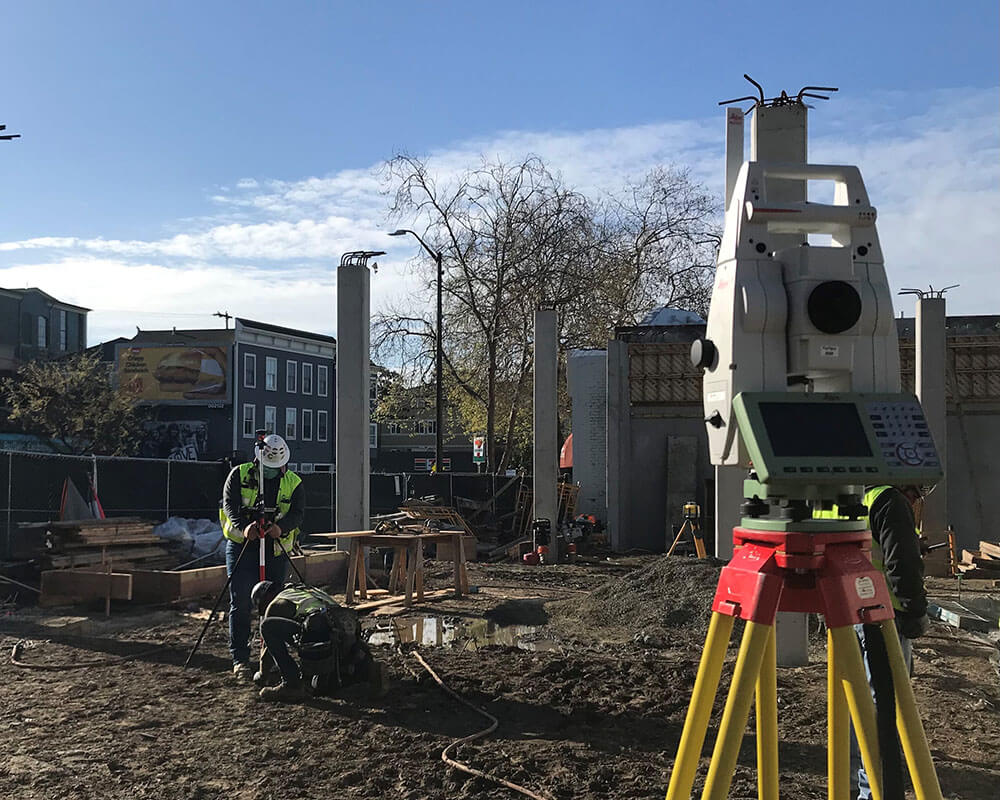
It is often said that the construction industry is slow to embrace technology.
Walk on to some job sites and you will see workers perform tasks using the same methods of 30 – 40 years ago! However, some exciting advancements are now being implemented by commercial concrete contractors keen to provide their clients with a better finished product. The following are just a few of the remarkable new tools Conco has adopted to perform layout functions for our clients.
“Layout” refers to the means and methods for laying out a structure before construction begins. When laying out a project, the technician identifies the location of all the walls, slab edges, block outs, embeds and any other important locations. Lay out a job poorly and you end up putting up walls or other structures in the wrong locations, which is of course a very costly mistake. The task of laying out a structure has gotten progressively harder as methods to accelerate construction projects routinely lead to plan changes and updates. This requires that the person doing layout has the most up-to-date set of plans.
One tool that Conco uses for this purpose is a Robotic Total Station (Figure 1).
As part of our Building Information Modeling services, the Robotic Total Station allows the technician to download the most current set of plans and to measure and verify distances so that control points can be established in the proper location. The Total Station improves accuracy and easily verifies results.

Conco additionally deploys 3D laser scanning.
A 3D laser scanner uses a non-contact technology to digitally capture the shape of physical objects using a line of laser light. Here are just some of the ways a 3D scanner can improve the efficiency and accuracy of the construction cycle:
1. Pre-construction planning.
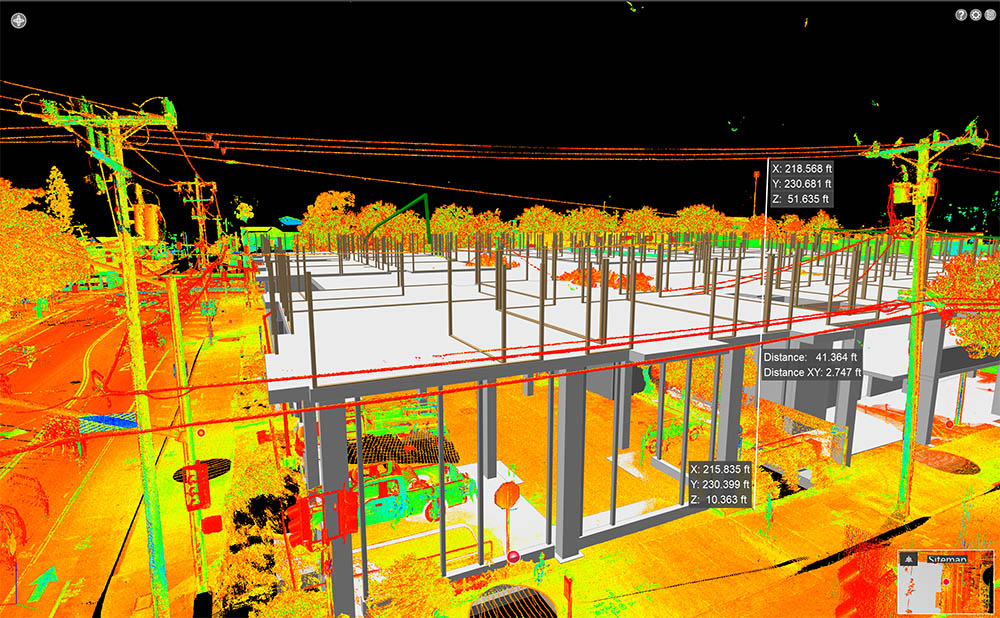
Conco uses a 3D scan of the site to verify site logistics (Figure 2). If you need to know the exact distance to a curb, sidewalk or even the bottom of a telephone wire, you can determine that with a 3D scan. Knowing this information up front helps you develop an effective, reliable plan and to avoid costly or challenging surprises.
2. Pre-pour and post-pour as built information.
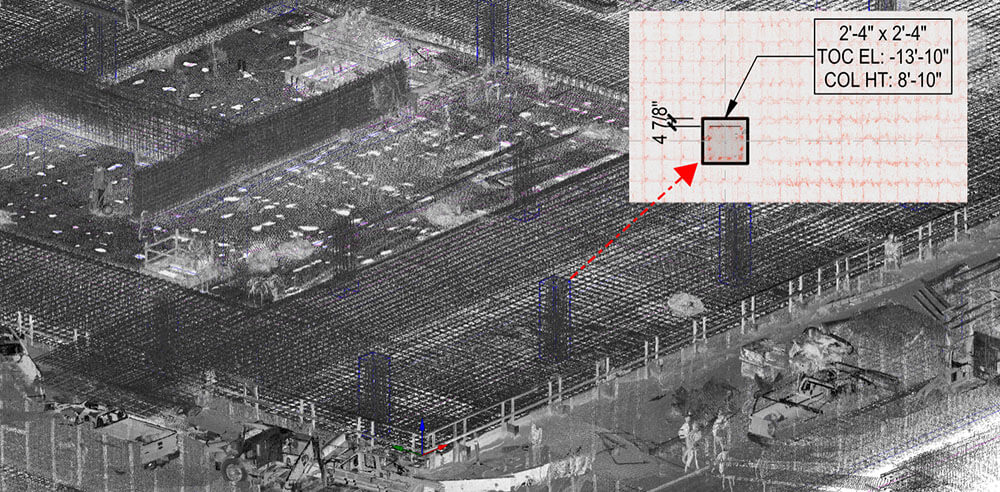
As part of our Quality Assurance plan, Conco uses a 3D scanner to ensure that rebar dowels, opening blockouts, hanging forms, slab edges, embeds, etc. are in the right place prior to concrete pours (Figure 3). Following a concrete pour, our 3D scanner can detect structural deviations in slab elevations. For instance, if you need to understand how much deflection is occurring in a slab, taking pre-pour, post-pour, and post-shoring scans will give a clear picture of elevated slab performance. Naturally, it is much easier and more cost-efficient to make changes before concrete is poured.
3. Slab finishing heat map and FF/FL analysis.
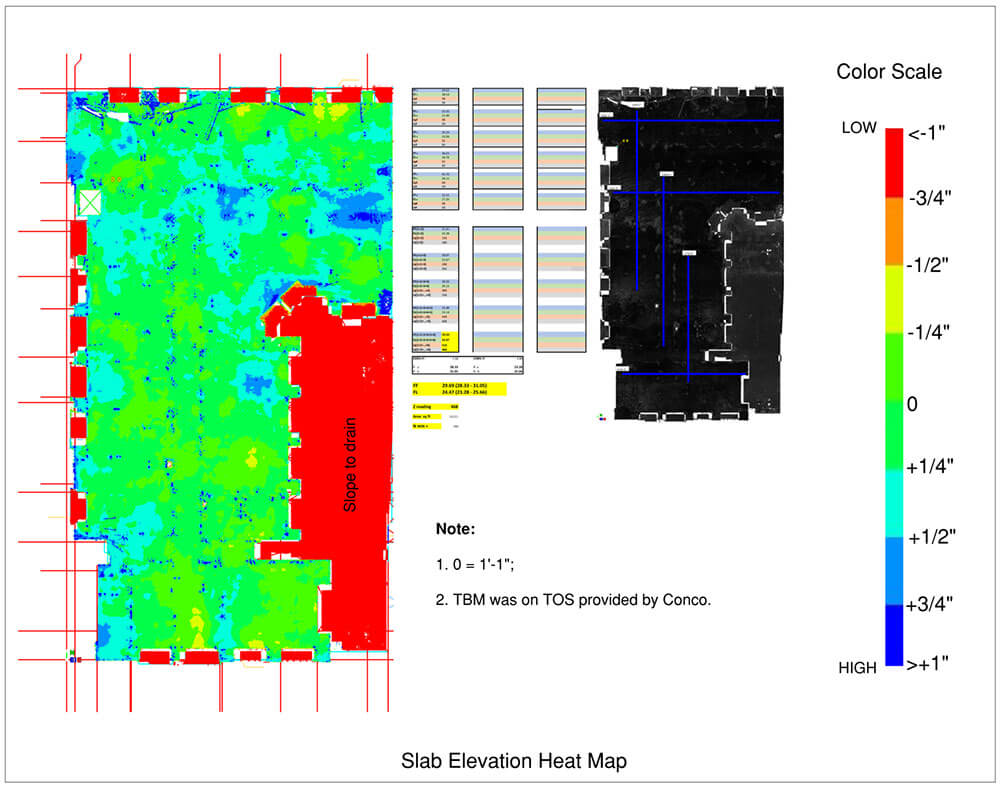
This QC step helps clients identify areas of concern in early stages to avoid delays on framing a structure or flooring prep (figure 4). The scan can also be used to confirm the engineered camber plan and drainage for a slab.
4. Core wall plumbness as built.
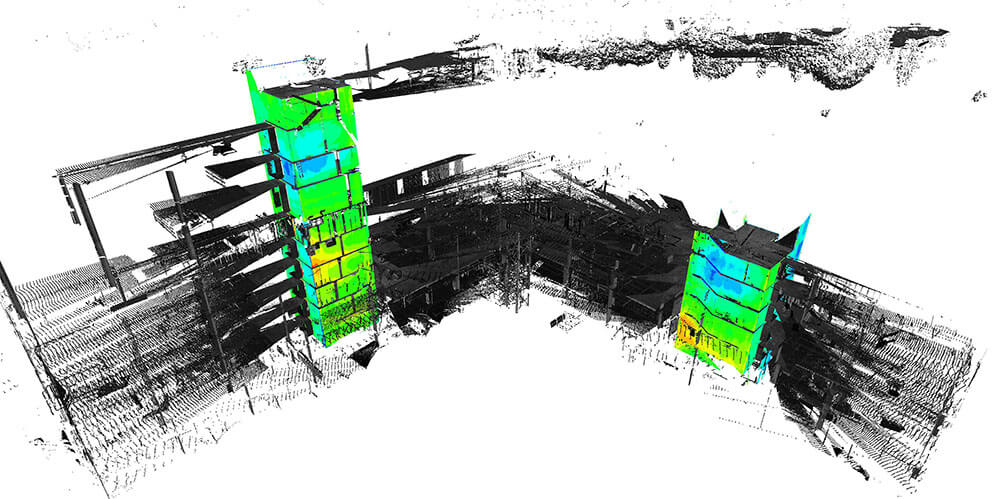
For other building trades such as the companies that install elevators and prefabricated stairs, a true and plumb wall facilitates their work (Figure 5). Validating that the wall is plumb eliminates future issues and is also far more aesthetically pleasing.
The final piece of equipment that Conco deploys is a Ground Penetrating Radar (GPR) Scan (Figure 6).
This device can look into the concrete and identify where rebar and post-tensioning cables can be found. Using a GPR where there is a need to drill into a slab, wall or column eliminates the potential of damaging and compromising the structure by negatively impacting the cable or rebar.
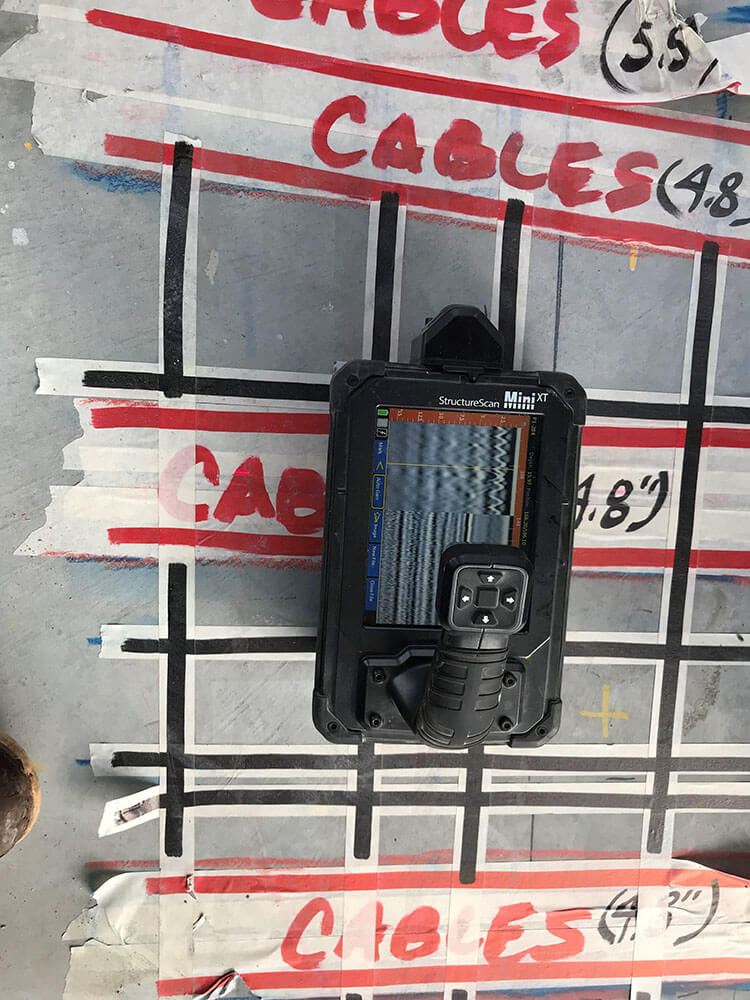
The latest technologies have improved the accuracy of laying out structures. Conco has embraced the benefits of these tools and incorporates their use in our daily operations. By doing so, we can build better structures for our clients.
